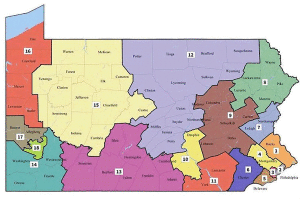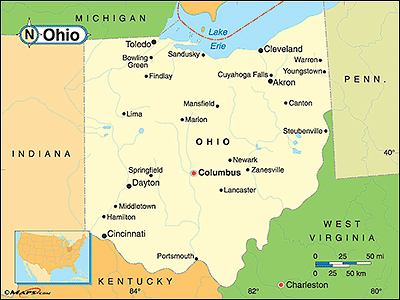By Jim Ellis
 Jan. 25, 2019 — A new Public Policy Polling company national survey (Jan. 19-21; 750 US registered voters) finds President Trump, who is likely at his lowest ebb in popularity during his two-year stewardship in office, trailing seven prospective Democratic opponents, but the study appears to be nothing short of a push poll.
Jan. 25, 2019 — A new Public Policy Polling company national survey (Jan. 19-21; 750 US registered voters) finds President Trump, who is likely at his lowest ebb in popularity during his two-year stewardship in office, trailing seven prospective Democratic opponents, but the study appears to be nothing short of a push poll.
Initially, the survey sample finds President Trump trailing Hillary Clinton by a net four points more than the actual 2016 national campaign result when the respondents are queried about who they supported in the last presidential election. This alone points to at least a slight sample skew.
The historical presidential vote tabulation is followed by a series of questions, all designed to place President Trump in a negative light.
Verbatim from the PPP study, the questions are:
- Do you think that Donald Trump is honest, or not? Yes 35%; No 58%
- Do you think that Donald Trump is a liar, or not? Yes 48%; No 44%
- Do you think that Donald Trump has made America Great Again, or not? Yes 38%; No 55%
- Do you think Donald Trump should release his tax returns, or not? Yes 55%; No 38%
- Do you think that members of Donald Trump’s campaign team worked in association with Russia to help Trump win the election for President, or not? Yes 45%; No 43%






